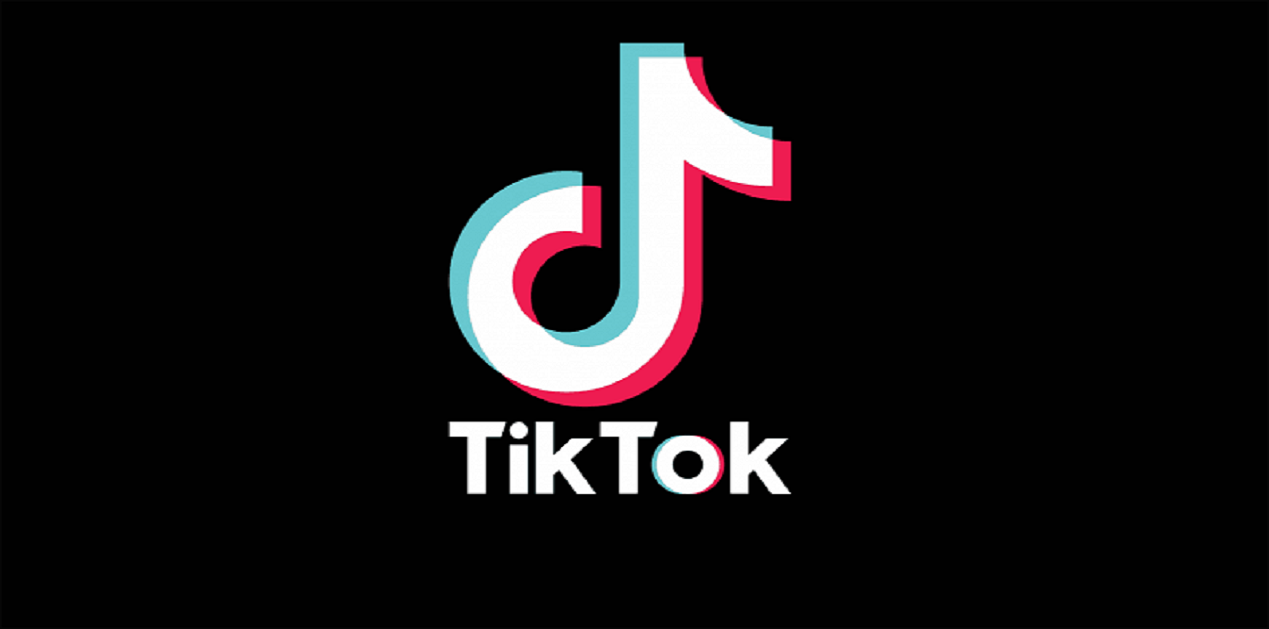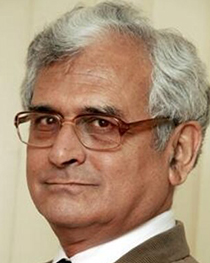Freedom of Expression Invoked by a Chinese Company Tik-Tok – Strange but True!
Byte-Dance, a Chinese company, is one of the most valued start-ups at $75 billion with investors that include Soft-Bank. It is reported to have been funded in its latest round by Soft-Bank, KKR & Co, and General Atlantic to the tune of $1.5 billion. It owns a social media platform – Tik-Tok – that uses only short-videos as a medium. It has attracted over 250 million users in India alone, with over 60 million of them being active online. It is popular among rural folks, who create and enjoy amusing videos without having to write in any language. Social, political, and pornographic videos, among others form the obvious content on Tik-Tok.
It was banned by the Madras High Court (HC) in the first week of April 2019 on the ground that it encouraged pornographic content, and made child users vulnerable to sexual predators. Reuters reported on 11 April 2019 that Byte-Dance approached the Supreme Court of India against the ban on the plea that ‘Indian ban on Tik-Tok App would harm free speech’. A Chinese company invoking free speech in India!
The Madras HC had passed ex-parte orders, on a PIL filed by an advocate on 3 April 2019, voicing concern over ‘pornographic and inappropriate’ content on the App, and asked the central government to ban the mobile App. Since the HC had not heard Tik-Tok – even no notice was issued – the Supreme Court, though not staying the interim order, directed it to hear the respondent on merit by April 24 and pass appropriate order, else the stay would stand vacated. Tik-Tok advanced arguments to defend itself, invoking the Information Technology Act that it was an intermediary as per the definition u/s 2(w), and u/s 79, and that it could not be held liable for the third party content. It also said that a miniscule percentage – 0.0006% - of content posted was objectionable, even though it took due diligence to remove such content using Artificial Intelligence (AI) techniques for scanning images.
Two-judge bench of Madras HC appointed an amicus curiae to assist the Court on April 24. It passed order lifting the ban subject to the condition that all pornographic content will be removed by Tik-Tok and that it would ensure that such content will not find place on its platform, failing which contempt proceedings would be initiated against it.
Here’s a Chinese company taking advantage of freedom of expression in India, something which it can’t resort to in its own country.
India, a country known for its software skills, surprisingly, never built any social media App. Not even after the Snowden revelations in 2013 that millions of phones, all the emails and chats were being surveilled by the US, since all the email and social media platforms were American! In this vacuum, the Chinese too have ventured into the huge market that India presents. Dailyhunt, set up by Jinri Toutiao, owned by Byte-Dance, is a news content aggregation App in fourteen local languages including Hindi, that uses its technology to makes personalized recommendations to users through its deep machine learning capabilities. It publishes 35,000 items daily, including news, e-books, magazines, comics and videos in all these languages. It has an active user base of 28 millions, which is a third of 90 million users of Fliboard; it gets 4.5 billion monthly page views. Recently Byte-Dance has invested $25 million in this venture. Dailyhunt believes that the next group of 400 million Internet users in India will largely come from rural areas, with need to access news in local languages, and preference for videos. This has been amply demonstrated by the success of Tik-Tok.
Byte-Dance is a new Internet company that is independent of the Chinese triumvirate BAT (Baidu, Alibaba, Ten-Cent) or their subsidiaries. The Chinese government works closely with these three companies in its program of informatisation of society. Its valuation is higher than that of Uber ($72 billion), and the Chinese ride-hailing App Chuxing ($56 billion). Byte-Dance started out using AI to personalize content for users but soon got into short-video format called Douyin, known as Tik-Tok overseas. By February 2019, Tik-Tok had exceeded over one billion mark for worldwide installs on the Apple Store and Google Play including its ‘lite’ versions and regional variations (Source: Sensor Store Intelligence). 25 percent of these downloads have come from India – 250 million. The US installs stand at 96 million. Android installs in China are not included in this figure.
It is interesting to note that nearly 663 Tik-Tok installs occurred globally in 2018. In comparison, Facebook App was installed 711 million times, and Instagram was installed 444 million times in the same period. It was the fourth most non-game App to be installed in 2018. In January 2019, Tik-Tok climbed to number three installs globally, and the number one non-game installed in the US. Therein lies its power, and the business potential in the digital world (https://sensortower.com/blog/tiktok-downloads-one-billion).
There are many more examples of innovations in technology, and business models in the digital economy of China and their global reach. That Huawei is a big global player in the telecom technology, especially in 5G, is well known to the world; more so because of the national security issues raised by the US and other western nations on its 5G technology. But a social media company emerging from China to challenge the established American mega multinationals like Facebook, Instagram, Twitter and others was beyond anyone’s imagination till recently. It’s worth recalling that Facebook started in 2011, and We-Chat in China too began around the same time. While the former had the global market as target, China with its over 750 million users had the opportunity to scale up its messaging App into a multimodal App. And it did just that - like Alibaba in e-commerce, and Baidu in search.
Tik-Tok and Huawei cases also reveal that the Chinese companies are strategising to take advantage of the legal regimes in the democratic world, especially freedom of expression, human rights, rule of law, and open and transparent processes. The reverse is sadly not true. The laws are not clear, distinction between government and courts is absent and there is opacity of processes making it difficult for western and Indian companies to operate freely in China. For example, China’s Cyber Security Law that came into effect on June 1, 2017 requires network operators to store select data within China and allows Chinese authorities to conduct spot-checks on a company’s network operations. With almost every company coming under the definition of network operators, foreign companies have voiced concerns over greater data controls as well as increased risks of intellectual property theft. Vague terminology and absence of any official guidance on complying with the law have created uncertainty, as is normally the case in China.
Digital economy value addition to the GDP of nations continues to increase. An Accenture study of 2016 forecasts that adoption of AI and Machine Learning will double the GDP growth rate of advanced countries, compared to if they don’t, by 2035. China’s digital economy, at $3.5 trillion as reported by People’s Daily on 22 November 2018, was the second largest in the world with the US, Japan and the UK occupying first, third, and fourth places, respectively. International Data Corporation (IDC) of China, in its annual ‘Futurescape’ event focused on digital transformation, predicted in November 2017, that the digital economy in China will account for 55 percent of its GDP by 2021.
Digital economy figures quoted by various sources throw up different numbers because of different ways of calculating digital value addition, but the numbers are a clear indication of China emerging as a global player in the digital world. In 2013, the US had nine companies (Apple, Amazon, Microsoft, Google/Alphabet, Facebook, Netflix, eBay/Paypal, Booking Holdings and Salesforce) in the top 20 worldwide internet leaders and China had only two (Tencent and Baidu). In 2018, the US had 11 (new ones were Uber and Airbnb), while China added seven more to reach its tally of nine (Alibaba, Ant Financial, Xiaomi, Didi Chuxing, JD.com, Meituan-Dianping and Toutiao) (Source: Kleiner Perkins Report Internet Trends 2018).
India is dreaming of becoming an IT Superpower. Are these merely pipedreams? Time for reality check!
(The paper is the author’s individual scholastic articulation. The author certifies that the article/paper is original in content, unpublished and it has not been submitted for publication/web upload elsewhere, and that the facts and figures quoted are duly referenced, as needed, and are believed to be correct). (The paper does not necessarily represent the organisational stance... More >>
Image Source: https://cdn0.tnwcdn.com/wp-content/blogs.dir/1/files/2019/01/tiktok-796x419.png











Post new comment